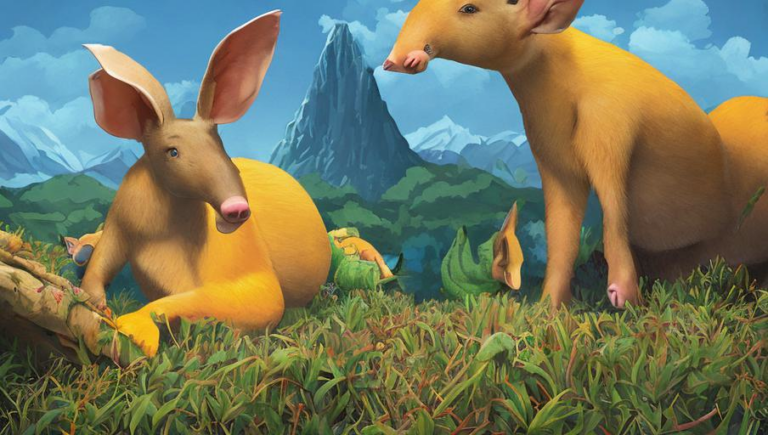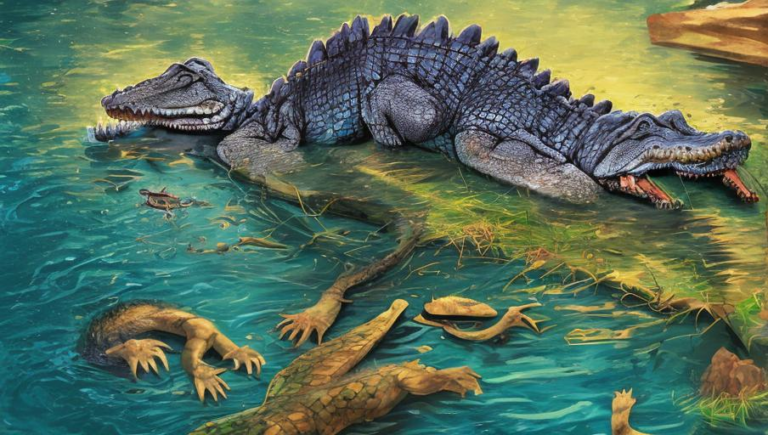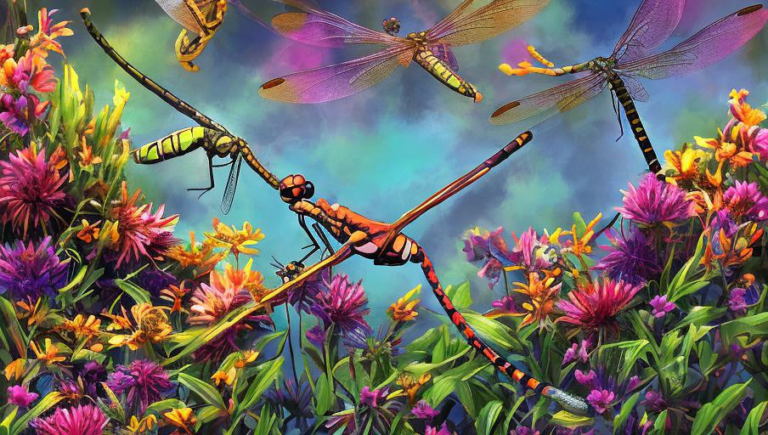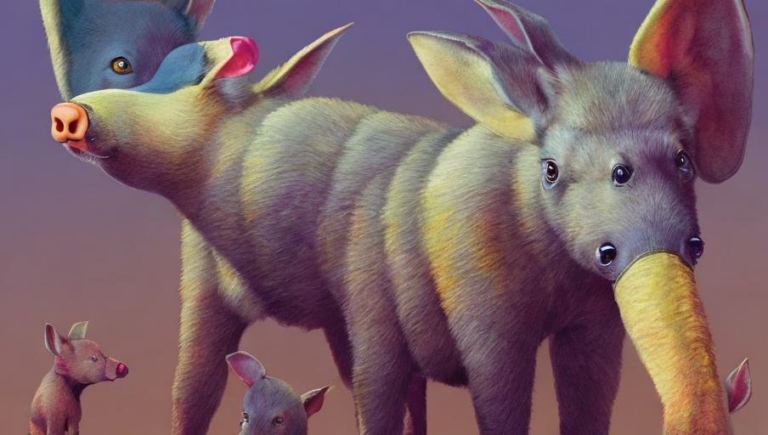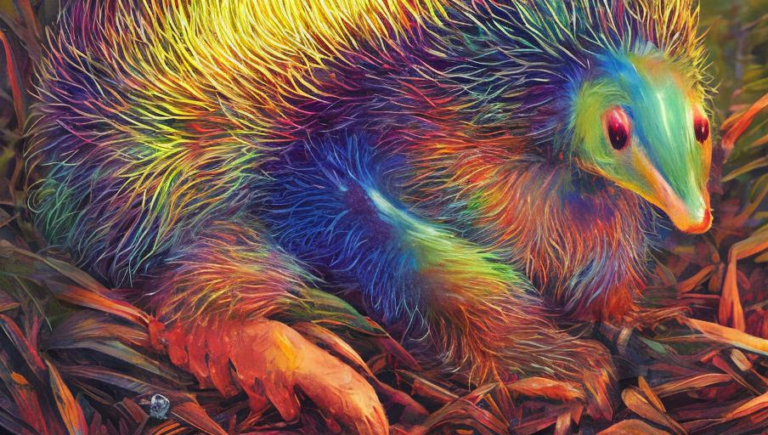An Overview of Anteater Conservation Efforts

The Fascinating World of Anteaters
Anteaters are fascinating creatures, and they can be found in many different habitats, from the tropical rain forests of Central and South America to the semi-arid and dry regions of Australia. The majority of anteaters in the world, however, live in the tropical rainforests of Central and South America, which is their natural habitat. These mammals are unique, possessing a long snout and a specialized tongue that can extend up to 60 centimeters in length, allowing them to feed on the termites and ants that make up the majority of their diet. They have also developed remarkable adaptations to survive in their environment, such as the ability to climb trees and swim.
Threats to Anteaters
Unfortunately, anteaters are facing some serious threats in the wild, such as habitat destruction, hunting, and human-wildlife conflicts. The destruction of their natural habitats, due to the expansion of human settlements, agriculture, and mining activities, has drastically reduced the amount of land available for these animals to survive in. In addition, hunting has become a major problem, as these mammals are seen as a valuable source of food and medicine. Furthermore, human-wildlife conflicts arise when these animals come into contact with humans and their livestock, leading to retaliatory killings.
Conservation Efforts
Fortunately, there are a number of organizations and initiatives dedicated to protecting and preserving the anteater population. These organizations are working to raise awareness about the plight of these animals and the importance of their conservation. They are also advocating for the protection of their habitats, as well as for the implementation of laws and regulations to reduce the amount of hunting and human-wildlife conflicts. Additionally, many of these organizations are working to create and support sanctuaries and rescue centers, which provide a safe haven for injured or orphaned anteaters.
Education and Awareness
Educating the public on the importance of anteater conservation is also an important part of these organizations’ efforts. Through campaigns, events, and educational materials, they are educating the public on the threats facing these animals, as well as the importance of their conservation. Additionally, they are also working to create connections with local communities and create programs to help them understand and appreciate the value of these animals. This includes creating eco-tourism programs, which can provide an economic incentive for people to conserve and protect these animals.
Conclusion
Anteaters are amazing creatures, and their conservation is important for the health of the planet. By raising awareness and advocating for the protection of their habitats and the implementation of laws and regulations, organizations and initiatives are working hard to ensure that these animals will continue to thrive in the wild for many years to come.
